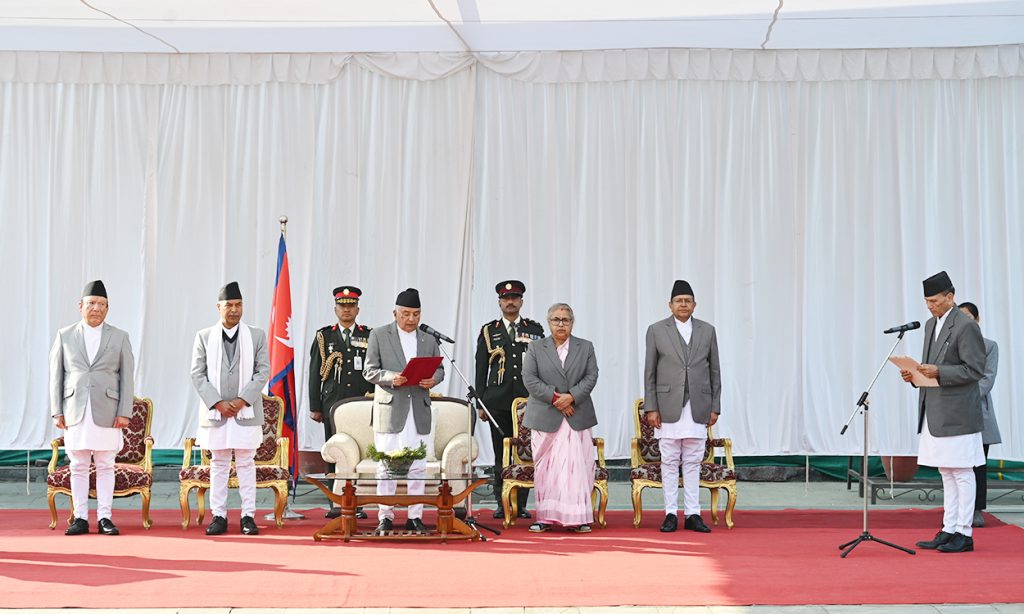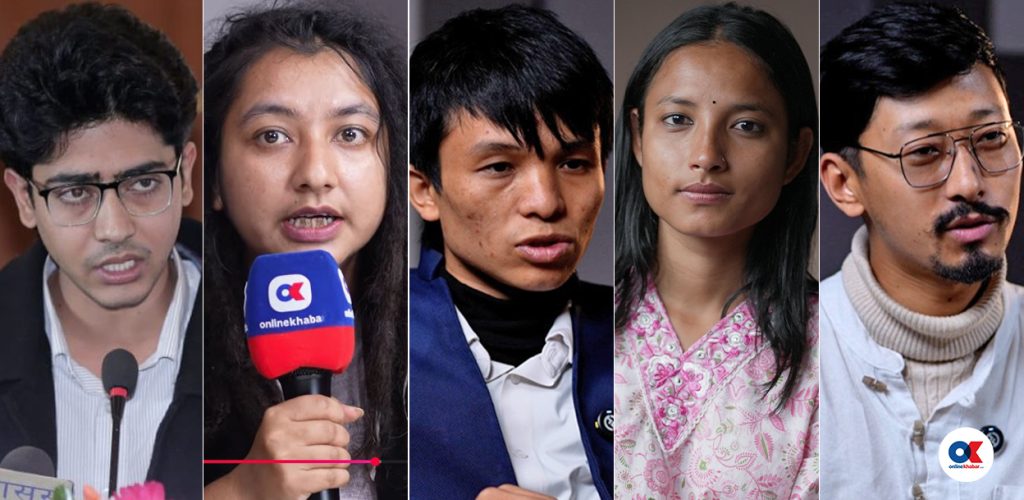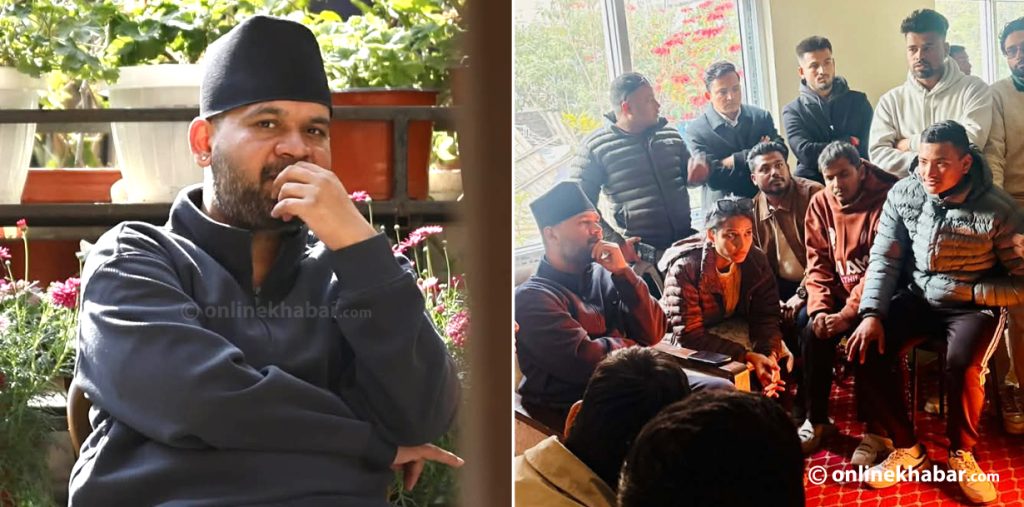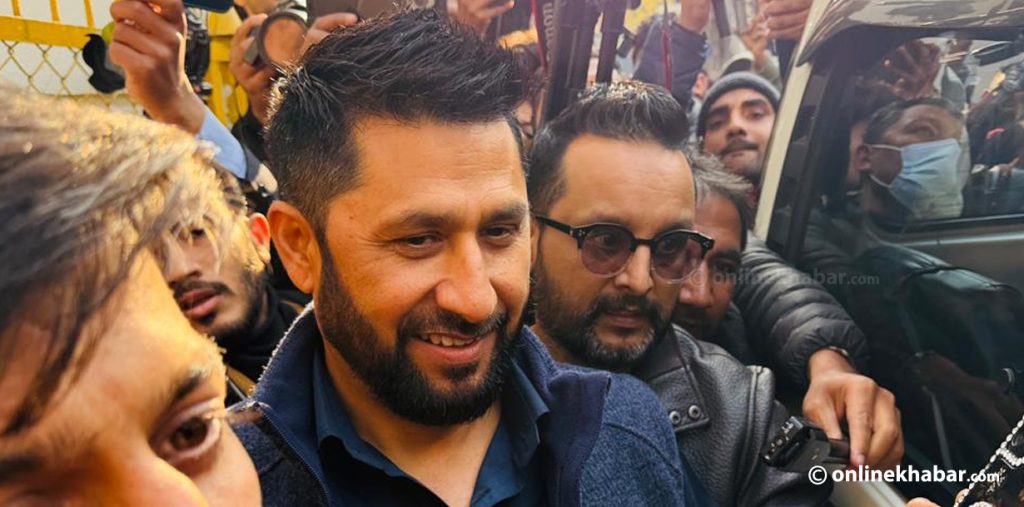
On February 23, 2003, cricket lovers from around the world were talking about one Kenyan cricketer. The young lad who was about to complete high school had left who’s who batsmen of international cricket clueless. That day he’d created history.
During the 2003 ICC Cricket World Cup, Kenya hosted Sri Lanka for one of the Group ‘B’ matches. Under legendary batsman Sanath Jayasurya, Sri Lanka were one of the favourites to win the cup. The South Asian side had already run over a New Zealand side led by the formidable Stephen Fleming, crushed Bangladesh and muzzled Canada.
On a bright summer day in Nairobi, the Lankans wanted to wrap up the match quickly and go back to the hotel for a relaxed dip in the pool. That was why the Jayasurya, who won the toss, invited Kenya to bat first.
The Lankan bowlers were brimming with confidence. It was just nine days ago that Chaminda Vaas rattled the Bangladeshi batting order, claiming a wicket on the very first ball. He had taken four wickets in the over, after completing a hat-trick. Spin wizard Murlitharan, who haunted the best of batsmen in their worst nightmares, was also in his prime form. But the result at the end was something neither Vaas nor Murlitharan would have imagined.
The home side put up a resilient effort and their batsmen occupied the crease for over 207 minutes. They played the 50 overs allotted to them and put up 210 runs on the board. The Kenyan Skipper Keneddy Obuya was the highest run-getter for the squad. On any other day, Keneddy would have received a hero’s welcome after the match, but the real hero of the match would be another Obuya, his brother Collins.
When Sri Lanka came to bat, it was Collins Obuya who stole the show. The leggie, in an instant, became the instant favourite of aspiring leg-spinners around the world who had until then idolised the Aussie wizard Shane Warne, banned from cricket just a few days before the World Cup for using steroids.
The young Obuyas’ first victim was Hashan Tilakratne. Then it was Jaywardane to walk the long walk as Obuya got him out ‘caught and bowled’. Sangakara, one of the most formidable batsmen against spin, was out caught behind the wicket by the senior Obuya off the younger Obuya. Arvinda De Silva, one of the heroes of the Lankan World Cup victory in 1996 was shell-shocked when he was out caught behind.
But it was not just De Silva who would be shell-shocked by the end of the match. After the wicket of bowling all-rounder Chaminda Vaas fell, again courtesy Collins Obuya, Kenya had pretty much wrapped up the match. The visiting side lasted for just 185 minutes and all of its batsmen were back in the pavilion for 157 runs. Collins Obuya took five wickets, and was the obvious man of the match.
Following a explosion in Mombasa, one of the biggest cities in Kenya, New Zealand, one of the teams in Group B decided not to play in Nairobi. The Black Caps forfeited the match to the African side without a ball being bowled. Kenya’s fairy-tale run was ended by India in the semi-finals.
Thirty-five-year-old Collins Obuya, who reached the height of his success in 2003 is coming to Kathmandu on Thursday as part of the Kenyan team to play two World Cricket League matches against Nepal. But cricket lovers will not have the pleasure of seeing him bowl. In fact, Obuya, who kept the best of batsmen guessing with his bowling, is not even going to bowl.

Here’s why. After the 2003 World Cup, Obuya when to England to play for Warwickshire. Unfortunately, he could not continue is good form there. Although he made a fifty in his debut match, and played six T20 matches, he failed to impress. He missed the 2004 Champions Trophy due to appendicitis.
Following a dispute in Kenyan cricket, Obuya could not play a lot of matches, and by 2005 he couldn’t even pitch a single ball. In November the same year, he travelled to Australia to work on his bowling, but in vain.
Obuya did not lose hope. He wanted to play cricket, and that meant he had to transform himself into a batsman. His transformation was complete by 2011 when he scored an unbeaten 98 against the mighty Aussies in a World Cup match. The same year, he was appointed captain of the squad for a brief period.
Obuya, however, has failed to impress with the bat in the World Cricket League. His best score so far has been 38 against PNG, and barring a 36 against the UAE and a 32 against Namibia, he hasn’t been able to cross the 20-run mark. Last Saturday, however, he scored a half-century against Baroda U-23 in Gujarat, but could not save his side from a defeat.
Obuya was also part of the team that played Nepal in the T20 World Cup Qualifiers in 2013. Fans remember him as the batsman who hit Basant Regmi for a big six, although those were the only runs that came from his bat during the match.
On Saturday, when Obuya face’s Nepal’s leggie prodigy Sandeep Lamichhane, he will perhaps remember his good old days when he turned the ball like no one else. Will Obuya hit him for six, or will Sandeep turn the tables on Obuya, and treat him the way he treated Sangakara? We’ll have to wait a few hours to know.






















